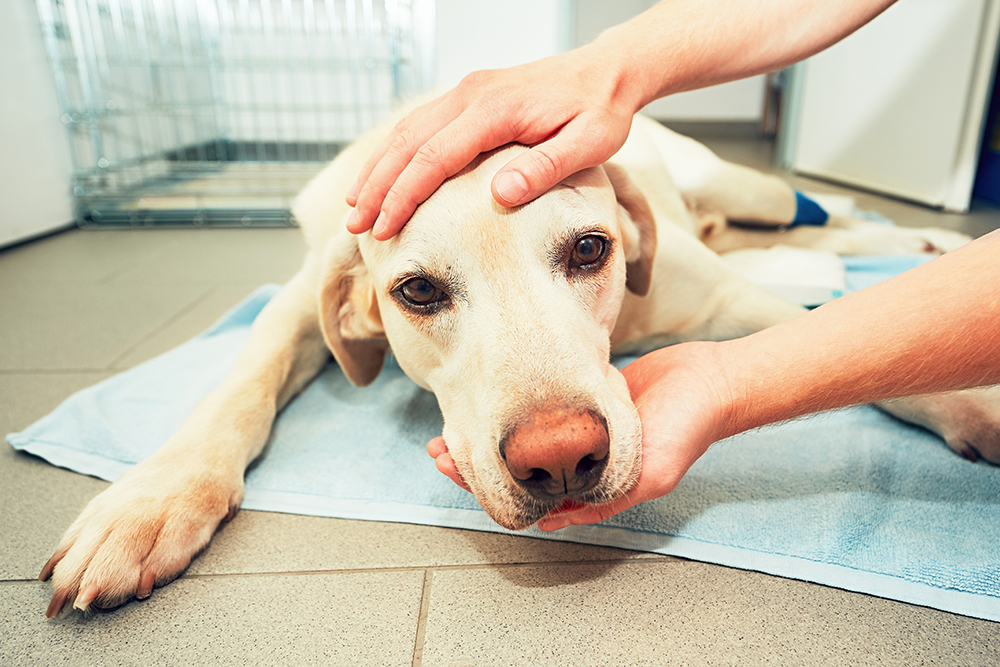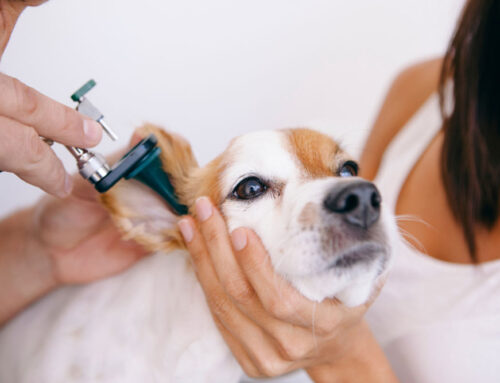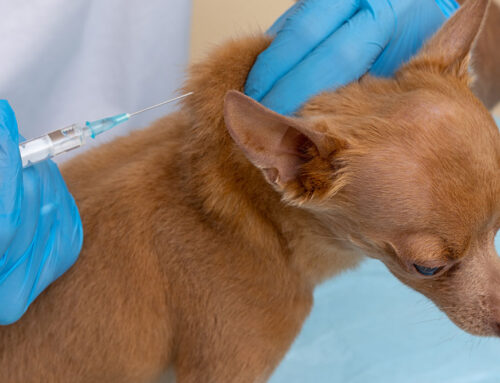Emergencies can happen in a heartbeat—and when they involve our pets, the urgency and anxiety can be overwhelming. Whether it’s sudden vomiting, difficulty breathing, or a suspected toxin exposure, knowing how to recognize a true emergency and respond quickly could save your pet’s life.
At Cupertino Animal Hospital, we believe that empowered pet owners make faster, better decisions during a crisis. This guide will walk you through how to perform a basic home exam, identify red-flag symptoms, and know exactly when to call for help. We’ve also included reliable resources to deepen your pet emergency readiness.
Recognizing the Warning Signs: When Is It a Pet Emergency?
Many emergency symptoms can look subtle at first—but can rapidly become life-threatening. Pet owners should be familiar with the signs that warrant urgent veterinary attention. According to the American Veterinary Medical Association, the following situations should be treated as emergencies:
- Major trauma or visible injury (e.g., hit by a car, deep wounds, broken bones)
- Seizures or unconsciousness
- Labored or noisy breathing
- Excessive bleeding (internal or external)
- Persistent vomiting or diarrhea, especially with blood
- Inability to urinate or defecate
- Poison ingestion or suspected exposure to toxins (ASPCA Poison Control)
- Swollen abdomen, unproductive retching, or signs of bloat
- Sudden behavioral changes, confusion, collapse, or disorientation
Not sure if it’s an emergency? This AAHA article can help you decide: Help! Is This a Pet Emergency?
How to Perform a Home Exam on Your Pet
A calm, hands-on check at home can help you gather valuable information to share with your veterinarian. For a step-by-step guide, see the Humane Society’s Home Exam for a Sick Dog and DIY Dog Checkup by Kinship.
What to Observe:
- Behavior: Is your pet acting unusually anxious, withdrawn, vocal, or aggressive?
- Appetite: Has your pet stopped eating or drinking?
- Mobility: Are they limping, unable to stand, or showing signs of pain?
What to Check Physically:
- Gums: Pale, blue, or brick-red gums may indicate poor circulation or poisoning.
- Heart Rate: Normal rates are 100–130 bpm for dogs, 140–220 bpm for cats.
- Breathing: Count breaths per minute (normal is 10–35 for dogs, 20–30 for cats). Learn more about Respiratory Distress in Pets.
- Temperature: A rectal temperature between 101–102.5°F is normal. Fever or low temperature can both be dangerous.
- Abdomen: Gently palpate for bloating, pain, or hard areas.
- Eyes and Nose: Look for discharge, squinting, or inflammation.
- Hydration: Perform the skin tent test—if the skin on the neck or shoulder doesn’t snap back quickly, your pet may be dehydrated.
For deeper understanding, check out Pet First Aid Tips – Tufts University.
Emergencies That Require Immediate Veterinary Care
If you identify any of the following, don’t wait—seek emergency care immediately:
- Choking or gagging without airflow
→ Follow AKC’s Dog Heimlich Instructions - Severe bleeding or visible bone
- Heatstroke or collapse after exertion
- Exposure to smoke, house fires, or carbon monoxide
- Sudden bloating and unproductive vomiting (risk of gastric dilatation volvulus)
- Trouble breathing or gasping
- Seizure lasting more than 3 minutes, or multiple in one day
- Toxin ingestion (e.g., chocolate, xylitol, rodenticides, lilies, human medications)
Not sure what’s toxic? Use this ASPCA Poison Control resource, or call their 24/7 emergency hotline.
What to Do Next: Seeking Emergency Care
Calling for Help
If your pet is stable but showing warning signs, call us at Cupertino Animal Hospital to discuss symptoms and determine next steps. If we are closed, contact the nearest 24/7 emergency clinic.
Preparing for Transport
- Keep your pet calm and contained using a towel, leash, or carrier
- Bring any packaging or labels of a suspected toxin
- Gather a medical history if possible, including medications and known allergies
- Remain calm—your pet can sense stress and may panic if you do

Pet First Aid and CPR: Build Skills That Could Save a Life
Emergencies often happen when you least expect them. Being trained in basic pet first aid and cpr can make a world of difference.
- Enroll in a certified Cat and Dog First Aid Class by the American Red Cross
- Cornell’s Emergency CPR Infographic (PDF) is an excellent tool to keep on hand.
- Build a pet-specific first aid kit
- Keep emergency contacts visible at home and in your phone
- Save your local emergency vet number and poison control hotline
- Review these tips from UW-Madison Vet School: Preventing Pet Emergencies
Trusted Care When You Need It Most
At Cupertino Animal Hospital, we know how frightening a pet emergency can be. Our veterinary team is trained and equipped to manage a wide range of emergencies—because in those moments, experience matters.
Whether you’re calling for advice, rushing in with a sick dog, or unsure whether it’s an emergency, we’re here to help.
Don’t wait and wonder—contact us if you suspect an emergency.
Quick Access: Trusted Pet Emergency Resources
- Home Exam for a Sick Dog – Humane Society
- 13 Animal Emergencies Requiring Immediate Veterinary Care – AVMA
- Help! Is This a Pet Emergency? – AAHA
- Dog Choking: Heimlich Maneuver – AKC
- Pet First Aid Classes – American Red Cross
- DIY Dog Checkup – Kinship
- Respiratory Distress – AAHA
- Poison Control – ASPCA
- Emergency Pet Preparedness – Tufts
- Preventing Pet Emergencies – UW Vet Med
- Cornell Emergency CPR Infographic (PDF)















Leave A Comment